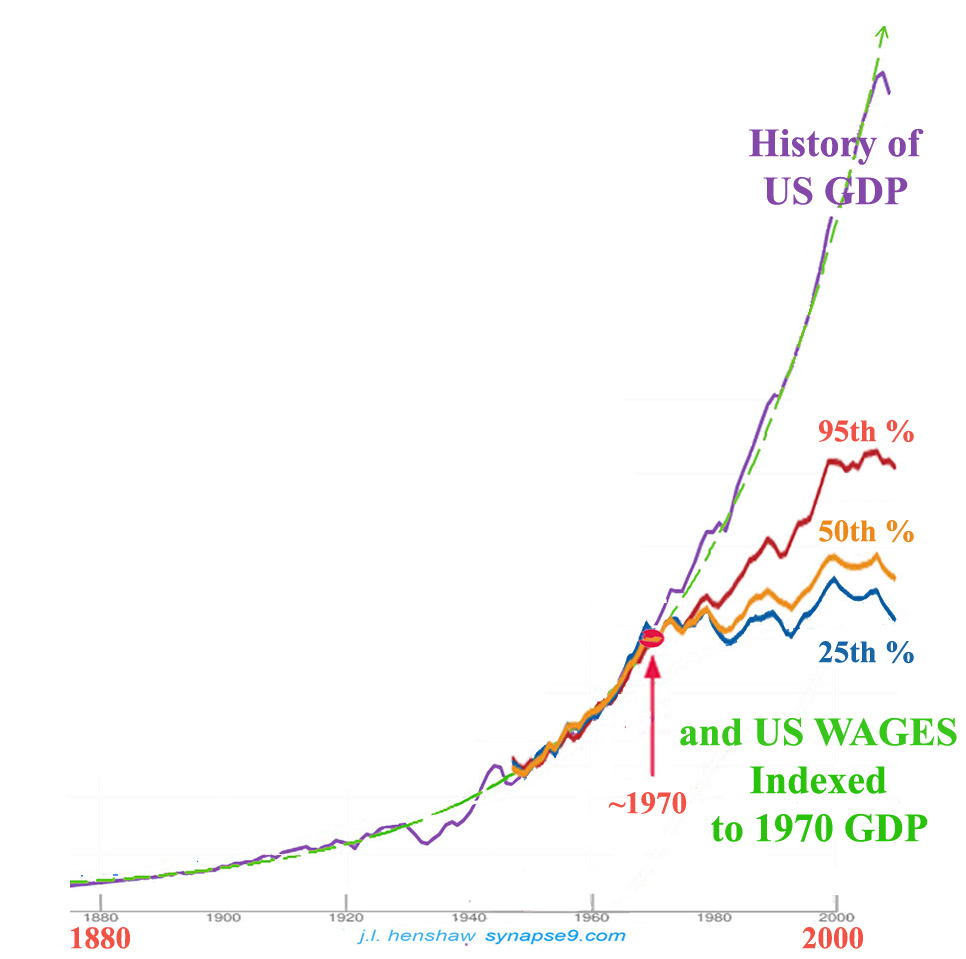This is a copy of a requested comment on the UN NGO Major Group’s recommendations for the UN Post2015 Sustainable development goals, being developed by the UN Open Working Group (OWG) of member country representatives, guided by the UN’s consultants and representatives of civil society groups around the world. It’s a really exciting thing to be part of…
Comments on draft NGO SDG framework Post 2015
on the SD Knowledge Platform site
I represented the NGO Commons Cluster at the major groups HLPF meeting, 1st OWG meeting and CIVICUS meetings at the UN in the past month. I’m a natural systems scientist, and for decades have studied a type of physics for understanding why systems like economies are sometimes smoothly self-managing and then sometimes spin out of control. I’m also active in CAUN. For reference to what we are learning about how to apply commons principles to the SDG’s, see our 1) proposal for the UN to adopt the commons approach and our 2) draft “Ideal Model” for a global commons approach and for engaging civil society in solving SD problems. These proposals were reposted to Post2015.org #1 & #2.
We have a lot of rethinking to do:
My main comment could go after pp #1:
A lot of rethinking is apparently needed, as current sustainability efforts are being ineffective, need to be brought into question and new direction found. There’s clear evidence of many kinds that after 40 years of mounting efforts there has been little appreciable effect on the course of the economy’s ever swelling strain on the earth’s resources and living systems. The one exception is unintentional, the current slowing rate of increasing impacts due to the slowing of world economic growth. That’s only from the failure of economic recoveries following the 2008 financial collapse.
So it appears, essentially, that **we don’t know what we’re doing yet**, and so need to take a more active learning approach rather than focus the effort at expanding on current methods, that now seem unproven. Promising new directions like a rejuvenated “commons approach” for facilitating multi-stakeholder collaboration on common interests, are only just being explored. But we believe some way needs to be found to use the active engagement of civil society’s resources central to the world’s SDG framework, and to bridge the silos of thinking now keeping our solutions from changing our problem.
[the following notes would help with turning “needing to rethink” into an “active learning approach” for finding new direction. It comes from email comments on the evolving “commons approach”.] Continue reading “Active Learning” more than goals… For SDG’s we need to Rethink









